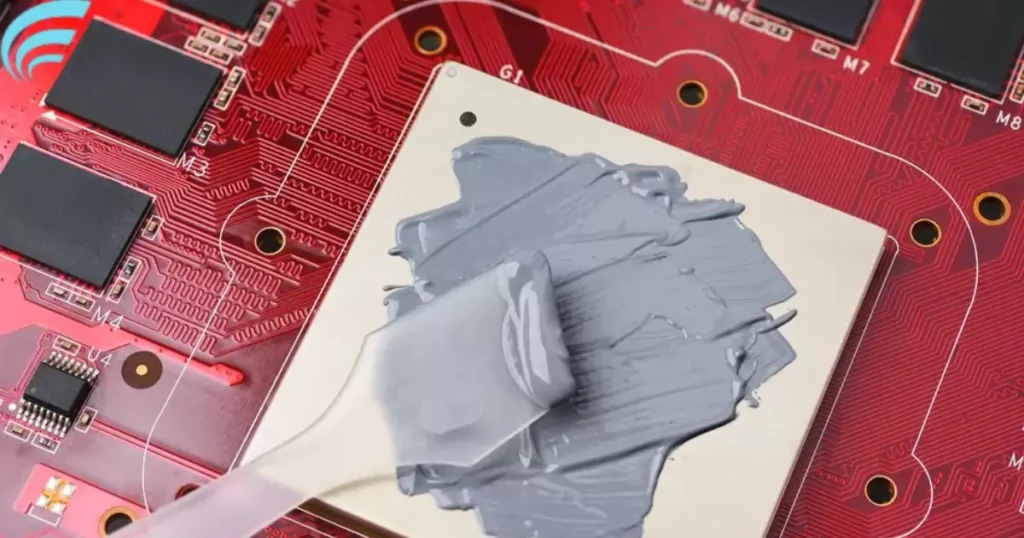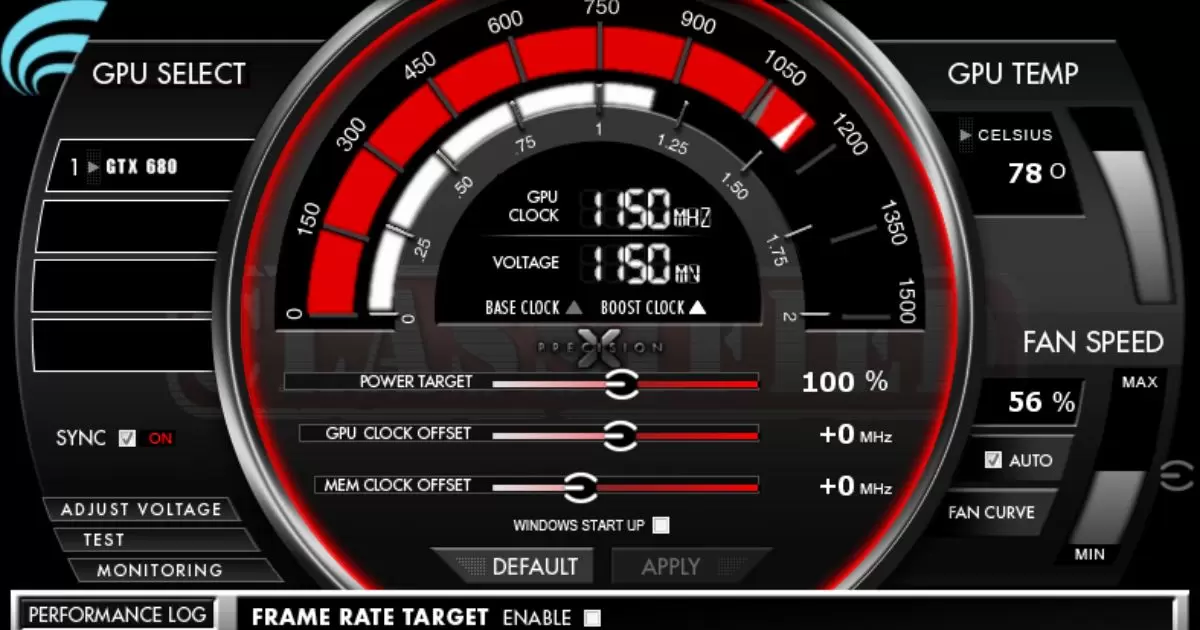How to Lower Junction Temp GPU refers to the various strategies and techniques employed to reduce the operating temperature of a graphics processing unit. Lowering the junction temperature is essential to maintaining optimal GPU performance, extending its lifespan, and enhancing energy efficiency. These strategies include improving cooling systems, applying quality thermal paste, undervolting, regular cleaning, and optimizing case ventilation.
Looking to optimize your graphics card’s performance and durability? Explore effective techniques on How to Lower Junction Temp Gpu. and keep your system running at its best.
Lowering the junction temperature of your GPU is vital for ensuring optimal performance and longevity. High temperatures can lead to thermal throttling and reduced GPU efficiency. This guide on How to Lower Junction Temp Gpu provides valuable insights into techniques such as efficient cooling, thermal paste maintenance, undervolting, and monitoring.
Why Lowering Junction Temperature Is Important
A lower junction temperature offers several key benefits:
- Enhanced Performance: Keeping the GPU’s temperature in check prevents thermal throttling, allowing it to run at its maximum potential for longer periods.
- Improved Longevity: Overheating can accelerate wear and tear on the GPU, potentially shortening its lifespan. Lowering the junction temperature can help extend the GPU’s life.
- Energy Efficiency: A cooler GPU consumes less power, which not only reduces your electricity bills but also contributes to a more environmentally friendly setup.
- Stable and Consistent Operation: Lower temperatures promote stable and consistent GPU performance, making it more reliable for gaming, content creation, and other tasks.
Now that we’ve established the importance of lowering the junction temperature, let’s explore various strategies to achieve this goal.
Efficient Cooling Systems
Proper Airflow
Optimizing your PC’s airflow is the foundation for maintaining a lower GPU junction temperature. Here’s how to do it:
- Cable Management: Tidy cable organization helps maintain an unobstructed path for airflow, reducing heat buildup.
- Quality Case Fans: Invest in high-quality case fans to ensure proper air circulation. Place intake fans at the front and exhaust fans at the rear of the case.
Aftermarket Coolers
Consider installing an aftermarket cooler or upgrading your GPU to a model with an improved cooling solution to ensure AMD GPUs work with Intel CPUs. These coolers often feature larger heatsinks, more efficient fans, and sometimes liquid cooling for superior heat dissipation.
Thermal Paste Replacement

Over time, the thermal paste between the GPU die and the cooler can deteriorate and become less effective at conducting heat away from the core. Replacing the thermal paste can be a cost-effective solution for lowering the junction temperature.
- Thermal Paste Selection: Choose a high-quality, non-conductive thermal paste. Apply a small, even layer to ensure optimal heat transfer.
Undervolting and Underclocking
Undervolting and underclocking your GPU are methods to reduce power consumption and heat generation. These techniques can help lower the junction temperature without compromising performance significantly.
- Undervolting: Adjust the voltage supplied to the GPU, finding the sweet spot where it operates efficiently while generating less heat.
- Underclocking: Lower the clock speed of the GPU core and memory, reducing power consumption and heat output. This is useful for tasks that don’t demand maximum performance.
Monitoring and Fan Control Software
Utilize GPU monitoring software to keep an eye on your GPU’s temperature. Many GPUs come with their own proprietary software for this purpose. You can use third-party software to monitor and control fan speeds and temperature thresholds.
- Fan Speed Optimization: Adjust the fan curve to prioritize cooling when needed, ensuring that the fans run at higher speeds during demanding tasks.
Clean Your PC Regularly
Dust accumulation inside your PC can obstruct airflow and insulate components, causing them to heat up. Regular cleaning can make a significant difference in maintaining a lower junction temperature.
- Compressed Air: Use compressed air to blow out dust and debris from your GPU, fans, and heatsinks.
- Scheduled Maintenance: Make cleaning your PC a routine task to prevent dust buildup.
Improved Case Ventilation
In addition to using quality fans, consider these case ventilation strategies to lower the GPU’s junction temperature:
- Additional Case Fans: If your case has available fan mounts, consider adding more fans for improved airflow.
- Open PCIe Slot Covers: Removing unused PCIe slot covers can enhance air circulation around the GPU.
Proper GPU Placement
The location of your GPU within the PC case can affect its temperature. Consider these placement tips:
- PCIe Slot Selection: If you have multiple PCIe slots on your motherboard, choose the one that offers the best airflow and isn’t obstructed by other components.
External Cooling Solutions
For users seeking to further reduce their GPU’s junction temperature, external cooling solutions can be considered:
- GPU Coolers: These are standalone coolers that attach to the GPU, offering additional cooling power.
- External GPU Enclosures: Some users opt for external GPU enclosures with dedicated cooling systems for improved thermal performance.
Environmental Factors
The environment in which your PC operates can also impact the junction temperature. Consider these factors:
- Room Temperature: Ensure that the room where your PC is located is adequately cooled to prevent high ambient temperatures.
- Dust-Free Environment: Minimize dust in the room to reduce the risk of dust entering your PC.
Stress Testing and Benchmarking
Regularly stress test your GPU and monitor the junction temperature to evaluate its performance and thermal behavior under different loads. This helps you fine-tune your cooling and ventilation strategies.
- Benchmarking Tools: Use benchmarking tools to push your GPU to its limits and measure its performance and temperature under stress.
Table: Quick Tips for Lowering Junction Temperature
| Strategy | Description |
| Efficient Cooling Systems | Optimize airflow and consider aftermarket coolers. |
| Thermal Paste Replacement | Replace deteriorating thermal paste for better heat conduction. |
| Undervolting and Underclocking | Adjust power consumption and clock speeds. |
| Monitoring and Fan Control Software | Use software to manage temperature and fan speeds. |
| Clean Your PC Regularly | Keep your PC dust-free for improved airflow. |
FAQs
How often should I clean my GPU to maintain lower junction temperatures?
Regularly clean your GPU every few months to prevent dust buildup that can impede cooling.
Can undervolting and underclocking affect my GPU’s gaming performance?
Yes, they can impact gaming performance, but they also reduce heat generation and power consumption.
Are aftermarket GPU coolers difficult to install?
Aftermarket coolers can vary in complexity, but most come with clear instructions for installation.
Should I replace thermal paste even if my GPU is relatively new?
Replacing thermal paste can be beneficial even for new GPUs, as it ensures optimal heat conduction.
Is it necessary to adjust the fan curve on my GPU for better temperature control?
Adjusting the fan curve can help maintain lower temperatures during demanding tasks, but it’s not always essential.
Conclusion
Understanding and implementing the strategies outlined in this guide on How to Lower Junction Temp GPU is crucial for maintaining a healthy and high-performing graphics card. Lower junction temperatures lead to enhanced GPU performance, prolonged longevity, and energy efficiency. By addressing factors such as efficient cooling, thermal paste maintenance, and proper monitoring, you can achieve optimal temperature management.
A clean and well-ventilated PC case, along with judicious undervolting and underclocking when necessary, can further contribute to a cooler GPU. With these techniques, you can enjoy smooth, consistent graphics performance while ensuring your GPU operates within safe temperature ranges, maximizing its utility and lifespan.











